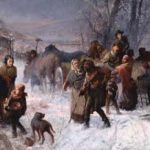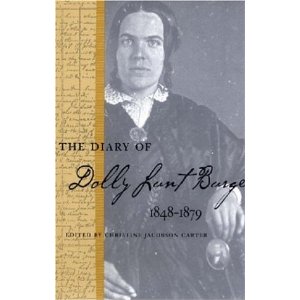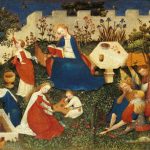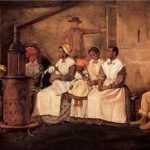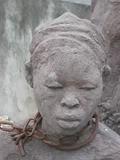Union troops occupied Natchez, Mississippi in the summer of 1863. Soon thereafter, missionaries from the northern states came to establish schools for the slaves. They were surprised to learn that one such school already existed and had been educating slaves for years. The teacher was Lily Ann Granderson, and she was a slave as well. Knowledge of her background is far from complete.
Lily Ann was born a slave in Virginia in 1816. Her grandmother was a free woman of Native American heritage. After her death, Lily’s mother was enslaved at the age of three. At some point, Lily was moved to Kentucky. She worked as a house slave, and her master’s children taught her to read and write.
After Lily’s master died, she was sold downriver to Mississippi, where she had to work in the fields on a cotton plantation. She was unaccustomed to the hard labor and the heat, and her health soon began to fail. After much pleading, she was transferred to her master’s home in Natchez.
Natchez was a different sort of town. It came into its own in the 19th century with the cotton boom. Many wealthy landowners with plantations across Louisiana and Mississippi preferred to live far away from the drained swampland where they planted. During the Civil War, Natchez stayed neutral and housed Yankee soldiers. Its location was not a strategic one, and it was spared the destruction suffered by other cities, such as Vicksburg.
Mississippi law forbade the education of slaves, so at midnight, Negro children sneaked into a secluded room off a back alley, where Lily was waiting to teach them to read and write. For seven years, she operated this school without the knowledge of the local authorities, but the news finally leaked out. Lily was surprised when neither she nor her students were arrested.
There were laws prohibiting whites and free Negroes from educating slaves, but no laws against a slave teaching another slave. Lily married and gave birth to two children, and continued to teach for many years thereafter. She also became a Deaconess in the local Baptist Church. In 1870, she was one of the first to open a bank account at the new Freedman’s Bank.
